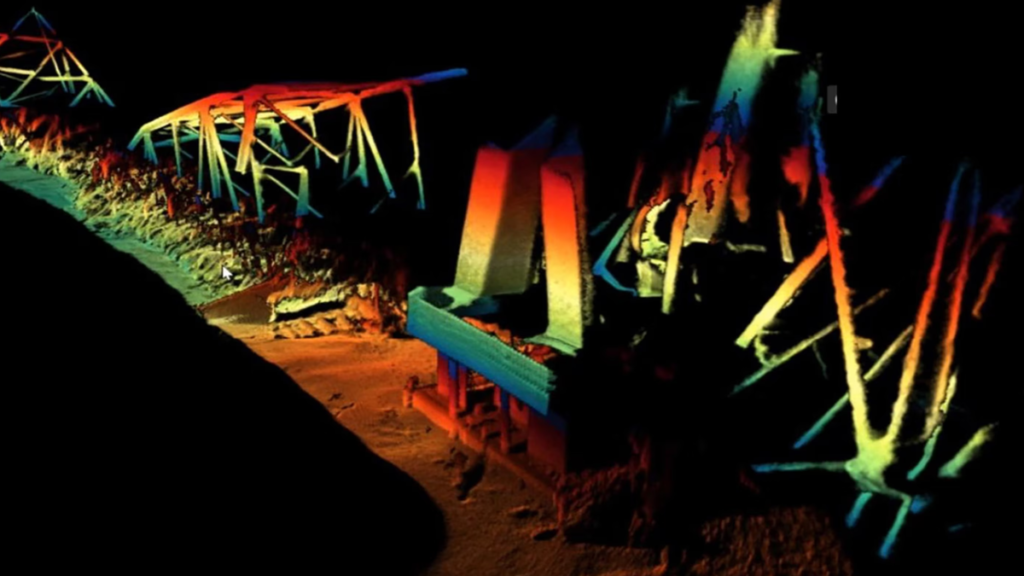Baltimore's Key Bridge Is Still Pretty Much Intact Under The Water

Image: U.S. Army Corps Of Engineers, Baltimore District
The U.S. Army Corps of Engineers conducted its survey of the collapsed Francis Scott Key Bridge in Baltimore using sonar images, and has concluded that it can have the debris removed and the shipping channel re-opened by May. The images, released earlier this week, show much of the bridge’s structure still intact under the surface of the water. There is still plenty of work to be done on the floor of the Patapsco River to remove the structure and dredge to create a deeper channel for ships to pass. Build back better, so they say.
Toyota Unveils The Sixth Generation 4Runner

Image: U.S. Army Corps Of Engineers, Baltimore District
The metal trusses running the width of the river between the bridge supports—blocking the deepest part of the river—are slated to be removed by the end of the month. With them removed, the river’s passage will re-open in a narrow 280-foot-wide channel, which will permit larger vessels in and out of the Port of Baltimore. Two small alternative channels have already been cleared, though they don’t allow for the bigger ships, like those with roll-on roll-off cargo, typically cars.
“We now have two alternative channels that are open. We have a third channel that’ll be open this month that will deal with the majority of traffic into the port of Baltimore. And by the end of May we hope to have the entire channel reopened,” Sen. Ben Cardin said.

Image: U.S. Army Corps Of Engineers, Baltimore District
The bridge collapsed on March 26 after being struck by the cargo ship Dali. It had lost power and control shortly after departing. The resulting bridge collapse has blocked Maryland’s biggest port since, deeply impacting the community economically. Senator Cardin is working to introduce legislation which will ensure federal funds will be allocated to pay the full cost of rebuilding the bridge. The proposal seems to have garnered bipartisan support.







